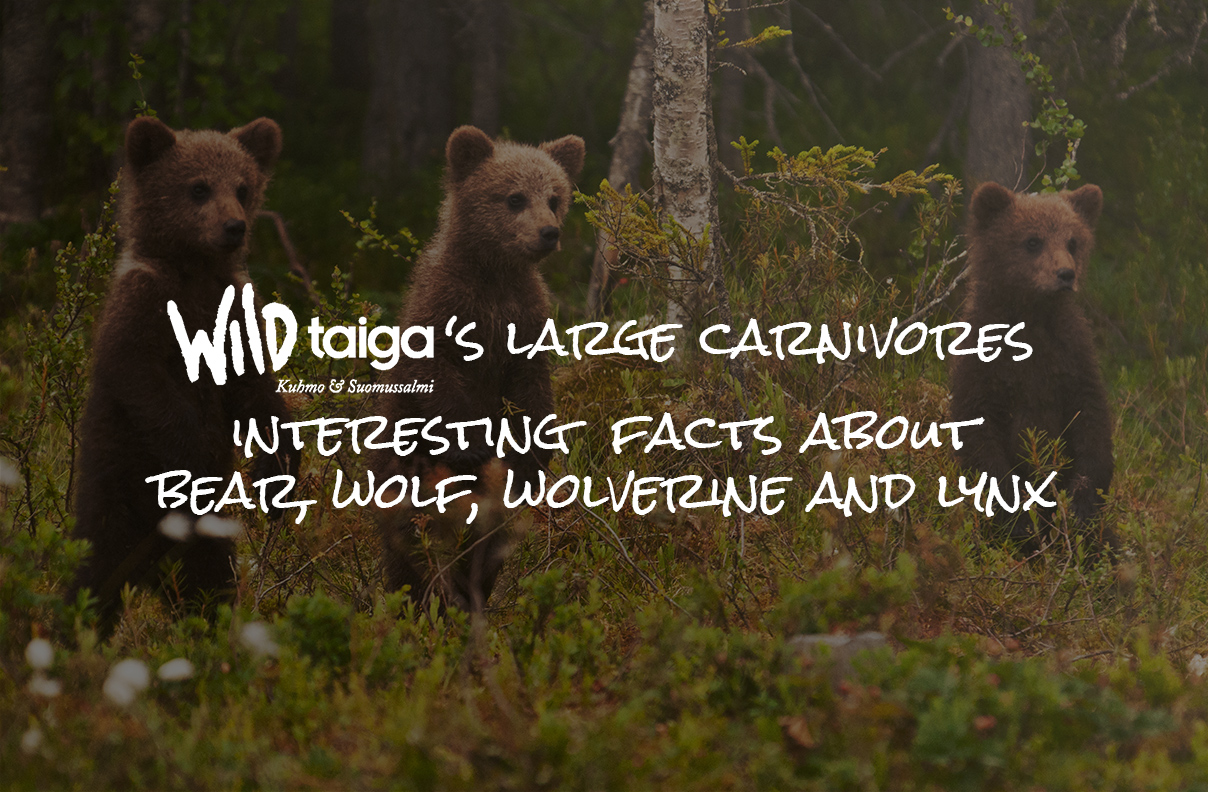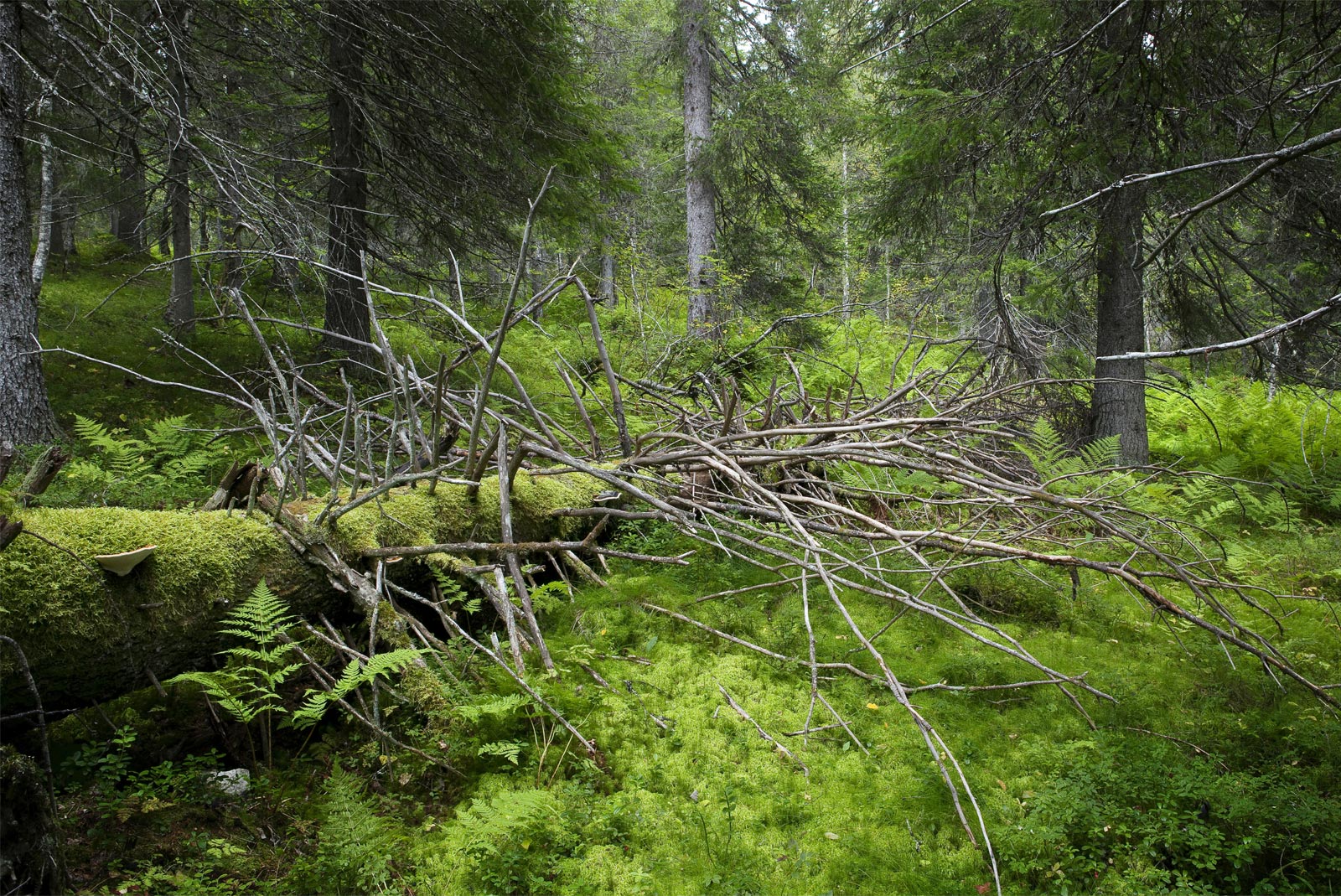Large carnivores of Finland
3.6.2022

Wild Taiga » Wild Taiga info » News » Large carnivores of Finland
3.6.2022


Share this page:
© 2018 Idän Taiga ry . Site: Kouta
Subscribe to our newsletter to get the best travel tips and holiday inspiration from Wild Taiga.
Wild Taigan uutiskirjeen tilaajana saat inspiraatiota lomasuunnitelmiisi sekä parhaat vinkit ajankohtaisiin elämyksiin ja tarjouksiin Wild Taigan alueella.